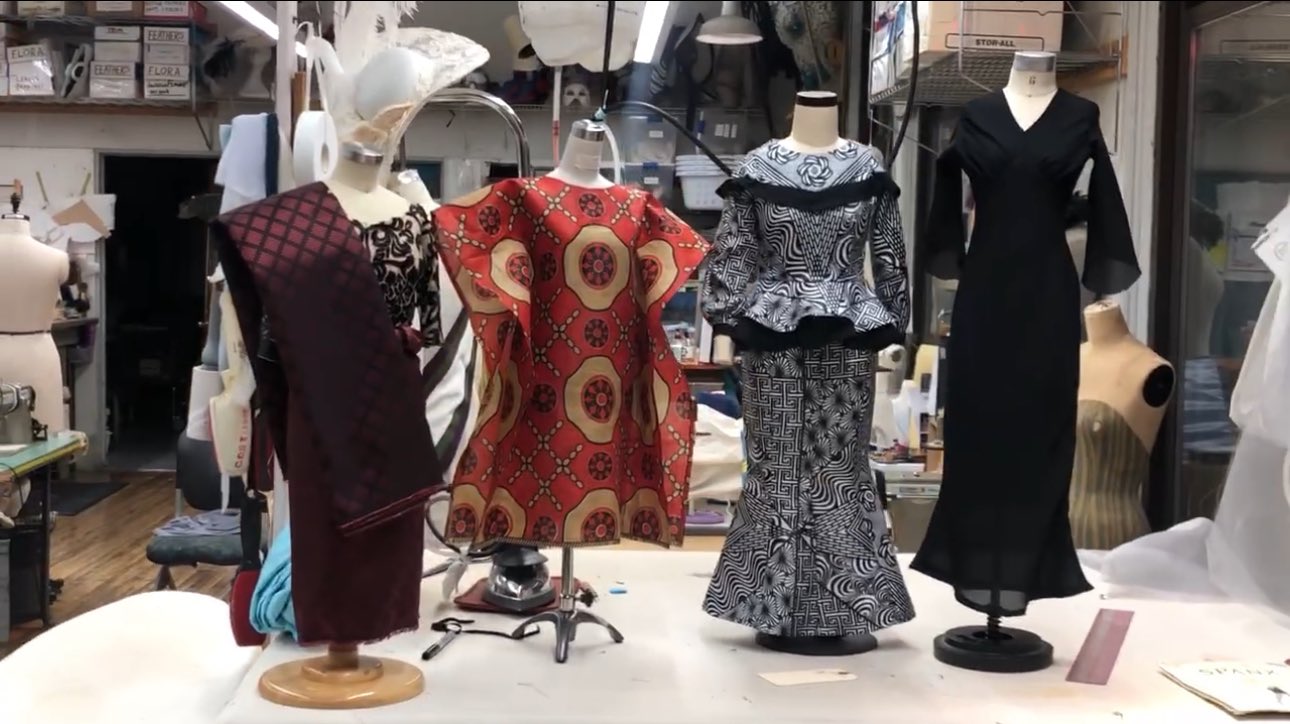Africa is a continent known for its vibrant colors, bold patterns, and deep cultural symbolism, and nowhere is this more evident than in its traditional fabrics. From the intricate handwoven kente cloth of Ghana to the indigo-dyed adire of Nigeria, African textiles are more than fashion statements—they are historical records, identity markers, and artistic expressions passed down through generations.
Kente Cloth – The Royal Fabric of Ghana
Originating from the Ashanti people of Ghana, kente is woven with silk and cotton in bright colors and distinctive patterns. Historically worn by royalty, each kente design carries specific meanings—symbolizing concepts like leadership, wisdom, and unity. Today, kente is worn for special occasions across Africa and by people of African descent around the world.
Adire – Nigeria’s Indigo Treasure
Adire, meaning ‘tie and dye’ in Yoruba, is a resist-dyed cloth made primarily by women in southwestern Nigeria. Using indigo dye and techniques such as folding, stitching, and stenciling, artisans create patterns that often reflect proverbs, nature, or historical narratives. Adire has seen a global revival in sustainable and ethical fashion circles.
Shweshwe – South Africa’s Printed Legacy
Known for its distinct geometric prints and stiff cotton texture, shweshwe is commonly worn by women in South Africa, especially during traditional ceremonies. Although originally introduced through colonial trade, shweshwe has been fully indigenized and embraced as a symbol of heritage and identity.
Bogolanfini (Mud Cloth) – Mali’s Earthy Canvas
Bogolanfini, or mud cloth, is a handmade Malian cotton fabric dyed with fermented mud. Traditionally made by the Bamana people, the cloth features symbols and motifs that represent social status, historical events, or spiritual beliefs. It is widely used in fashion, interior design, and modern art installations.
Barkcloth – Uganda’s Ancient Textile
Barkcloth is one of the oldest known fabrics in Africa, made by beating the inner bark of fig trees into a soft, pliable cloth. Recognized by UNESCO as an intangible cultural heritage, it has been used for clothing, burial shrouds, and royal garments in Uganda.
Symbolism and Meaning in African Fabric Designs
African fabrics often convey messages through color, pattern, and design. For example, in many cultures, red signifies sacrifice or power, while white symbolizes purity and spirituality. Patterns may reference folktales, political movements, or ancestral beliefs.
Contemporary Influence and Global Reach
Today, African fabrics have moved from local markets to international fashion runways. Designers across the globe are embracing African prints in haute couture, ready-to-wear, and street fashion. African diasporic communities also wear these textiles as symbols of cultural pride and resistance.
Preservation and Innovation
With the rise of fast fashion and imported synthetic materials, traditional African textile production has faced challenges. However, many artisans and entrepreneurs are reviving these crafts by incorporating modern techniques, eco-friendly processes, and digital platforms for global reach.
The history of African fabrics is woven with stories of royalty, resistance, and resilience. These textiles are more than adornments—they are testaments to the creativity and complexity of African cultures. As Afriker.com continues to explore and celebrate Africa’s artistic legacy, we honor the weavers, dyers, and designers who keep these traditions alive.

